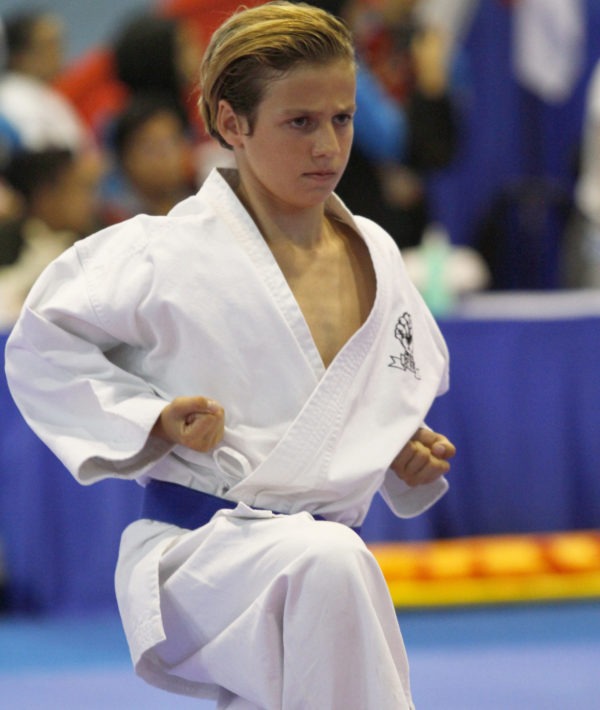
Personally, I like writing it down, but I keep it short and sweet. I know some people who simply do a mental check of their pros and cons. There is no right or wrong way to do this and you don’t need to write a long entry in your journal. Ask yourself questions like: How was my form? Did I do the moves faster or more accurately? When I sparred, how effective was my game plan? Don’t just focus on where you did greatly or where you did poorly. It will also motivate you and give your training direction. Knowing your strengths and weaknesses is crucial for your fight game (whether in sparring, the ring, the mat, or the streets). Since your goal is consistent growth, you want to know what you need to improve and also what your strengths are. Once you write them down, mentally rehearse from your notes, practice them on your own or with other people, and follow-up with your instructors at a later date.Īside from writing down your techniques for reviewing, another benefit of taking notes is that you can then assess how you performed in class. For your note-taking, you can use any kind of notebook, notepad, app, or even this training journal I designed for martial artists. Write down what you can remember so that next time you come across that technique, you can remember the rest. Keep in mind that you will have covered more than what you can remember so don’t beat yourself up if you can’t remember everything. Especially, if you used vivid imagery, you will find that multiple details of the techniques will flood your brain.

The point is that the sooner you do it, the more it will jog your memory and help you remember. However, it’s ok if you write it down later in the day. Ideally, the sooner you begin writing it down the better. Furthermore, during class your goal should be to remember as much of those pieces of information as possible so that you can write it down. If you recall from my previous article, your brain will only be able to keep about 5-9 NEW things in your short-term memory. The real question is, what are you doing to make sure you remember as much of what you learned as possible? If you do the following, you will be surprised at how much you can remember and retain. What are you doing? You’re either leaving immediately or hanging around.

Some people hang around and ask the teacher questions or chat amongst themselves. Now let’s talk about what to do AFTER class.Ĭonsider this scenario: your class has finished and now everyone starts drifting away to the locker room to change. PRACTICE the learning hacks to get better at them.ANCHOR what you learn with VIVID imagery.COUNT the moves EVERY single time the instructor demonstrates them.Only KEEP 5-9 NEW things in your short-term memory.After calming and tuning your mind, PREPARE the rest of your body with a good warm-up.Set a realistic GOAL (for the class and for your overall training).These tips will boost your confidence and ensure you perform at your best level.īefore we cover what to do AFTER your class, here’s a quick recap of what to do BEFORE and DURING class: This is all in keeping with your ultimate learning goal: You are learning so that you can use it when you most need it. Now I’m going to share with you what to do to take what you recently did in class and embed that knowledge into your long-term memory.

In the last 2 articles, I wrote about what to do BEFORE and DURING class to learn and perform like a champ.


 0 kommentar(er)
0 kommentar(er)
